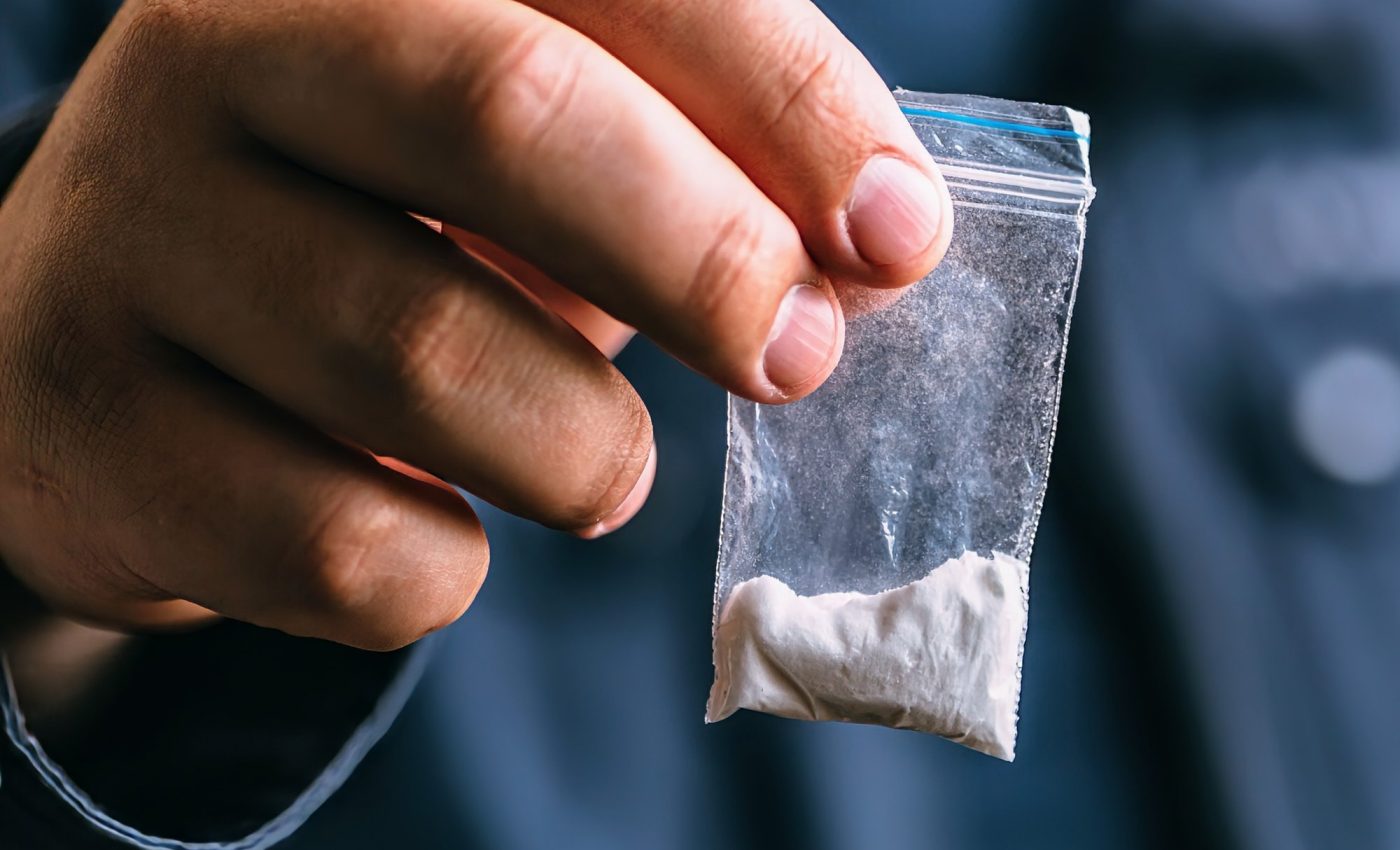
How cocaine tricks and hijacks the brain
Cocaine has long been known to hijack the brain’s natural reward system, but the precise mechanism of its power has remained elusive – until now.
The hidden depths of our brains, driven by the dopamine “feel-good” hormone, hold the key to our deepest desires and motivations.
However, when this delicate balance is disrupted by potent drugs like cocaine, the brain’s ability to regulate pleasure is thrown into chaos.
A critical component in this process is the dopamine transporter (DAT), a protein that usually ensures not every experience is perceived as pleasurable.
Thanks to research from the University of Copenhagen, we now have a clearer understanding of how cocaine interferes with this crucial mechanism, providing new insights that could lead to effective treatments for substance abuse.
Breakthrough discovery on cocaine
Previously a mysterious process, the Copenhagen team has revealed more about how cocaine interacts with the brain’s dopamine transporters.
The researchers found that cocaine majorly disrupts this sensitive mechanism, causing the brain to lose control over regulating dopamine levels.
“We have learned how cocaine binds to the dopamine transporter, which is a protein responsible for regulating dopamine levels in the brain,” explained lead scientist and PhD student Jeppe Cederholm Nielsen.
“What we did was describe the structure of the dopamine transporter, which gave us molecular-level insight into how it is inhibited by cocaine.”
The pleasure deception of cocaine
Disruption of the DAT leads to an unusual situation where every activity seems pleasing. Cocaine doesn’t cause the brain to release more dopamine; it halts the brain’s ability to regulate and remove the neurotransmitter, creating a skewed perception of pleasure.
“When cocaine blocks the dopamine transporter, dopamine will continue to stimulate the reward center – even though the experience itself is not particularly pleasurable,” explained Professor Claus Løland.
“In other words, we become incapable of distinguishing between what is truly pleasurable and what is not, and then all types of input given by our senses will seem great. You could say that cocaine tricks the brain. It is a form of chemical brainwashing.”
Seeing the unseen
In order to grasp cocaine’s impact on the brain, the team utilized the most powerful microscope in the world to study the infinitesimal dopamine transporter.
Their efforts provided a breakthrough understanding of how cocaine binds with and disrupts this protein.
“These proteins are so tiny that they are invisible under a microscope – even this extremely powerful microscope. But we used a couple of tricks to work around this and make them visible,” noted Nielsen.
Hope for substance abuse treatment
With no current treatment for cocaine abuse, this research instils hope for the development of measures to combat addiction. The ultimate goal is to provide medical treatment for cocaine abuse – a daunting task, considering how addictive and accessible cocaine has become.
“We have dreams of finding a medical treatment for cocaine abuse. It’s one of the most addictive substances out there, and it’s becoming more and more affordable,” said Professor Løland.
The team’s newfound knowledge about the dopamine transporter could prove invaluable in understanding and treating addiction more broadly.
“Perhaps we will be able to treat addiction to a number of things, not just cocaine. For instance, addiction to gambling or other substances, which is also caused by a release of dopamine into the brain,” noted Professor Løland.
In the fight against addiction, this research offers hope. With the right tools, we might one day be able to help countless individuals break free from the shackles of addiction.
From research to real-world applications
As promising as this research is, translating molecular insights into effective treatments is no small feat. There are numerous stages involved in drug development, including extensive testing for safety and efficacy in humans.
The researchers emphasized that while their findings are a critical first step, collaboration with pharmacologists and clinicians will be essential to bridge the gap between laboratory discoveries and real-world applications.
The hope is that this research will spur new clinical trials focused on targeted therapies that can modulate dopamine transporter function, potentially leading to successful interventions for those struggling with cocaine addiction as well as other dopamine-related disorders.
By fostering a comprehensive understanding of addiction mechanisms, this innovative research may ultimately pave the way for more effective addiction management strategies.
The study is published in the journal Nature.
—–
Like what you read? Subscribe to our newsletter for engaging articles, exclusive content, and the latest updates.
Check us out on EarthSnap, a free app brought to you by Eric Ralls and Earth.com.
—–













